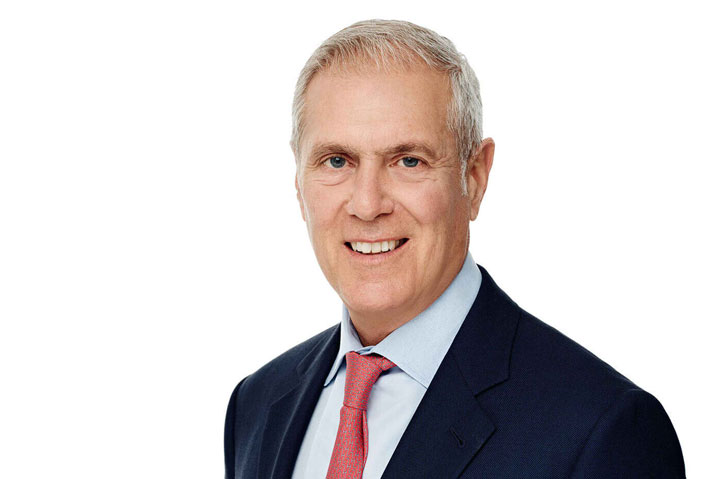News December 11, 2023
Glenn Chamandy Out At Gildan; New CEO/President Named
The Top 40 supplier says Chamandy left, but the executive maintains that he was fired. His replacement is a former CEO of Broder Bros.
Glenn J. Chamandy, a founder and longtime leader of Top 40 supplier Gildan (asi/56842), is no longer president/CEO of the company or on the Montreal-headquartered firm’s board of directors.
The vertically integrated manufacturer of apparel basics said that Chamandy left his position, but the executive released a statement saying that the firm terminated his employment.

Glenn J. Chamandy.
“It is unfortunate that my vision of the path forward has differed from that of other board members,” Chamandy said.
He commented that his departure “comes after 40 years of service in the impressively successful company founded by my family. I am immensely proud of the robust and highly competitive organization we built over more than four decades.”
Gildan announced that Vince Tyra is in line to take over as president/CEO, effective Feb. 12. Craig A. Leavitt, a Gildan director since 2018, will serve as interim president/CEO until Tyra is on the job.
Tyra is an experienced executive whose career includes leadership roles in the apparel and investment sectors, as well as a three-year stint as director of intercollegiate athletics at the University of Louisville. He also formerly served as CEO of supplier Broder Bros., which has evolved into Top 40 supplier alphabroder (asi/34063). Under his more than five years of leadership, Broder Bros. tripled revenue, according to Gildan.
“The board is confident that Vince is the right person to lead the company into the next stage of its evolution and growth,” said Donald C. Berg, chairman of Gildan’s board of directors.
Tyra’s other experience includes serving as president of the retail and activewear division of Fruit of the Loom (asi/84257), where Gildan said he helped lead a turnaround that culminated in the company’s sale to Berkshire Hathaway.
Tyra was also an operating partner at Southfield Capital, where he was a member of the investment committee. Most recently, he served at Houchens Industries as senior vice president of corporate strategy and mergers and acquisitions. There, he led the strategic growth of this $4 billion in revenue holding company, through investments in various industries, including consumer products and retail, Gildan said.
“I am looking forward to joining Gildan early in the new year,” Tyra said. “It is a truly iconic business with an unparalleled global reputation. I look forward to working closely with the board and the senior executive team, and all of the extremely talented employees to leverage their knowledge and expertise so that we continue maximizing value for all of Gildan’s stakeholders.”
As he departed, Chamandy had warm words for Gildan employees.
“The value created by our great team is impressive by any standard,” he said in a statement. “I hold our dedicated employees in the highest regard and am continually humbled by the steadfast support from our actively engaged shareholders. I also wish to express my gratitude to our exceptional customers, who have supported us through thick and thin.”
Berg thanked Chamandy for his service to the company.
“Over the span of his 40-year career, Glenn has been a forerunner in our industry, taking Gildan from a small family-owned business to a leading apparel company with over $3 billion in revenues,” said Berg. “We thank Glenn for his service and wish him well.”
Based on estimated 2022 North American promotional product revenue of $762.2 million, Gildan ranked fifth on Counselor’s most recent list of the largest suppliers in the industry.
Across all its business channels, including promo and others, Gildan tallied record total revenue of $3.24 billion in 2022. Through the first nine months of 2023, the company’s sales were down 4.3% compared to the prior year. Chamandy attributed the drop, in part, to what he characterized as a kind of correction in demand that followed a rampant stock-up by customers in 2022 following inventory shortfalls in 2021.
